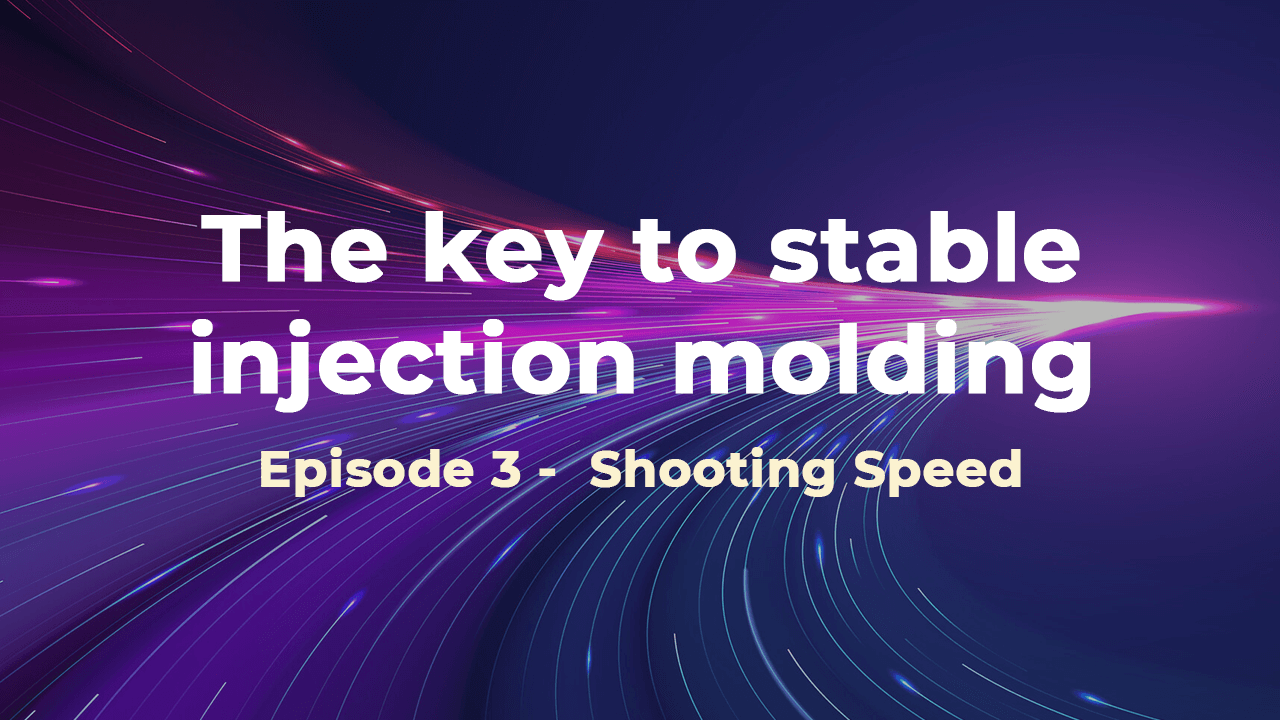|
Therefore, when the injection speed is too slow, it may affect the flow resistance. Different product designs and different raw materials have different requirements for the rate of injection, but as long as the injection speed is too slow, it will not be easy to produce "shear- thinning", resulting in poor fluidity of plastics. The temperature is relatively cold compared to plastic, so the "cooling and solidifying layer" will be relatively thick. Once the raw material enters the mold, it begins to contact the mold, which is the beginning of the cooling time. When the contact time is longer, the skin layer of the finished product will be thicker, and the flowing core layer will be narrower, which will increase the flow resistance. In other words, the "shear heat" and "cooling water" that flow in the mold continue to compete. The slower the flow, the faster the heat source will be lost. So what should be paid attention to when using a high rate of fire? When using a high rate of fire, it is recommended to still use the "three-stage rate of fire" as the basic setting principle, and use "slow, fast, and medium" three rates of fire as the parameter model for tuning.
The "slow-speed" in the first paragraph focuses on slowly passing through the gate position to avoid "high shear heat" or "spray marks". The second paragraph "Fast" is mainly to quickly fill the cavity space of 70% to 80 to avoid the skin layer being too thick. The "medium-speed" in the third paragraph is to reduce speed, buffer, and exhaust, which can improve the stability and accuracy of production. The concept of the three-stage rate of fire can also be reduced to two stages or increased to four stages according to the requirements of the structure and appearance of the product. We will further explain this part in the future, and finally, let’s talk about the rate of fire near the gate that affects the finished product, according to the following points. (1) rate of fire is too slow Easy to cause short shots or wavy vinyl records on the finished product (2) Moderate rate of fire The finished surface is complete without obvious flaws (3) the slightly faster rate of fire The gate will be partially atomized and orange peel (4) Fire rate is too fast Significant blemishes that may cause jet marks We will explain in the next episode the effect of "mold temperature" on flow resistance.
0 Comments
Leave a Reply. |
Categories
All
A knowledge platform established for industry
|


